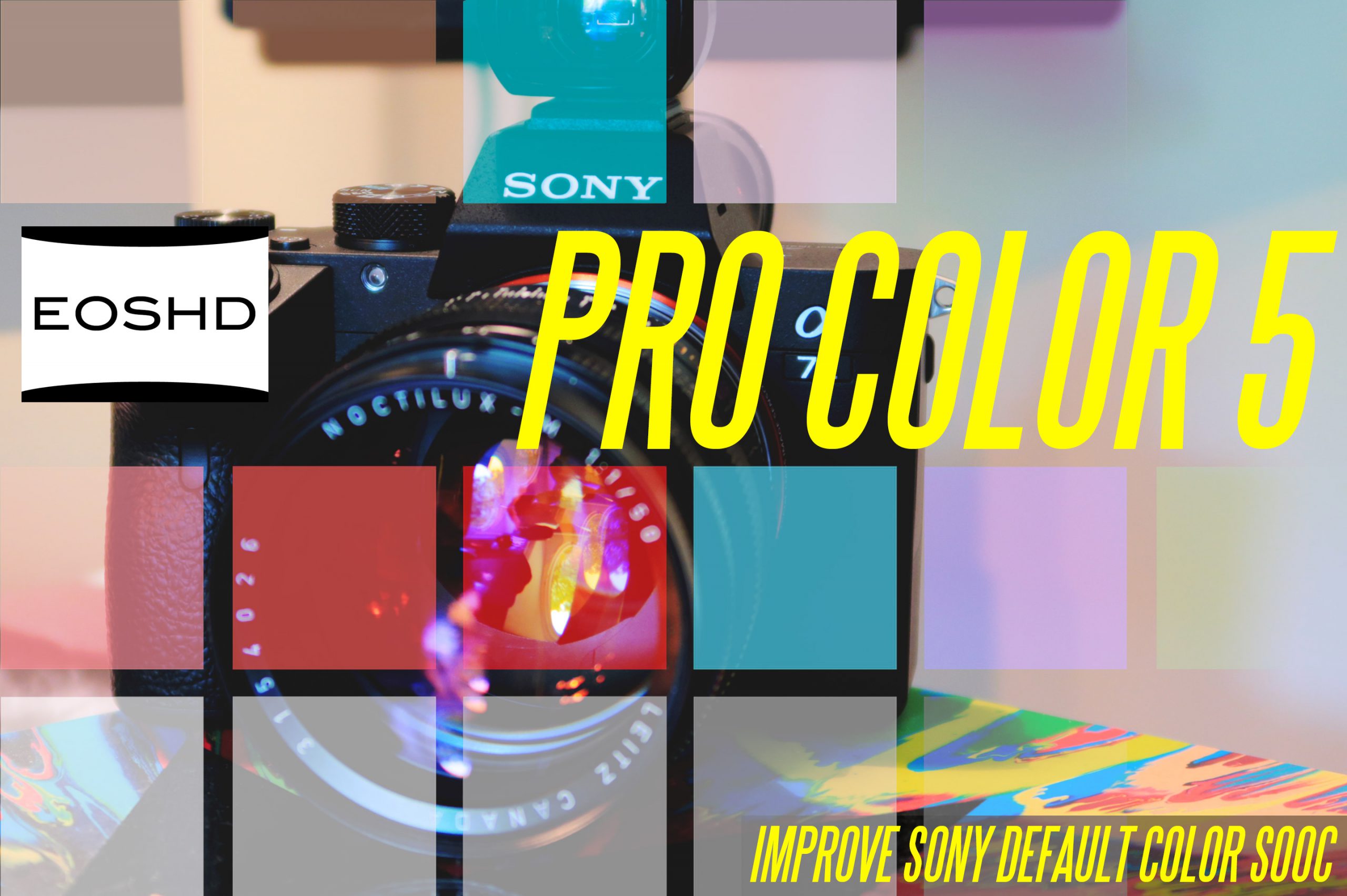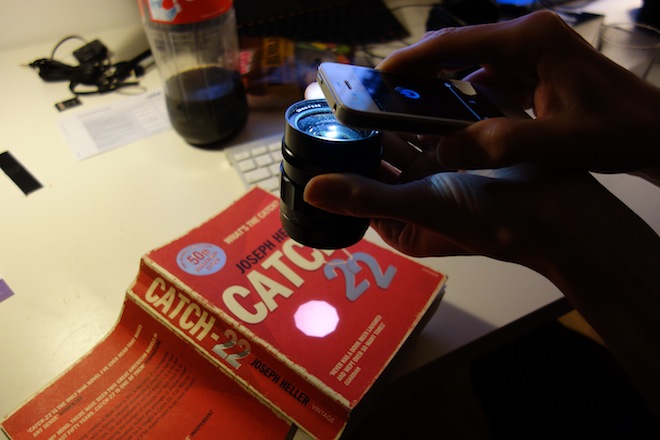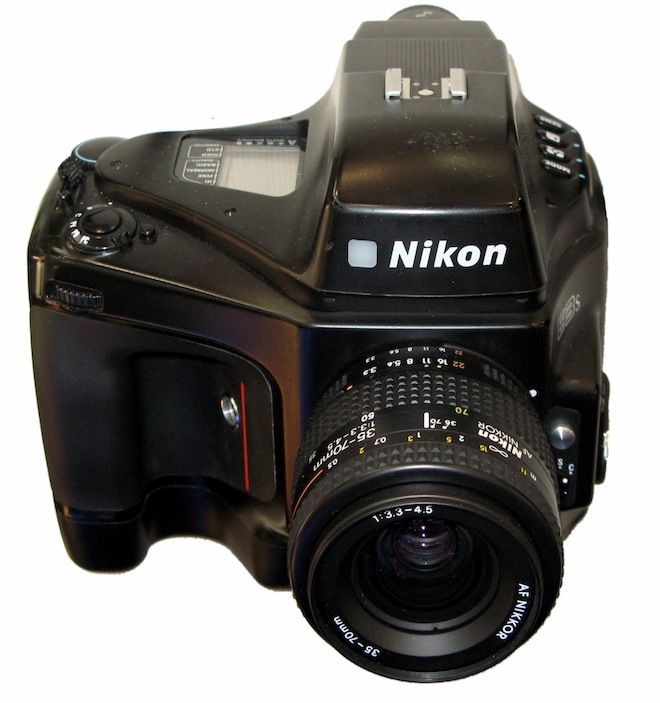The Speed Booster will be available from Metabones later at a date TBC
Are you sitting down? Sensor size is history.
An optical reducer is something I have long thought was possible on a DSLR and wondered why nobody had made one. If your sensor is smaller than full frame, shrink the image that the lens throws to fit over it. That is the principal behind the Metabones Speed Booster which essentially gives you the full frame look and a brighter image all at once on your Sony E-mount camera.
Crop factors are a thing of the past.
On January 1st I got an email from Conorus / Metabones asking me if I’d like to try out a revolutionary new adapter. I had no idea what to expect and until about 2 hours ago I still had no idea what to expect because I missed the delivery from FedEx on Friday and the adapter is waiting for me at the depot! Philip Bloom and James Miller have the first article up on this here and it is pretty detailed. I will grab it first thing on Monday and take it for a spin on my Sony FS100.
Although unusual and unique on the market it is actually a simple concept and not that complicated. I’ll try and sum it up in a couple of sentences then go through the creative implications (which are HUGE) in bullet point form below.
First understand that a lens simply projects an image over a flat surface. The image has a circular edge, we call it the image circle. The rectangular sensor sits inside that circle and then produces a digital image from the light falling on it.
So imagine a full frame sensor and the lens projecting a circle of light onto that box… The image is large enough to cover the full frame sensor. A smaller box inside that would not see the edges of the image circle or the full field of view.
So shrink the lens’s image down to APS-C sized and you have exactly the same field of view, same full frame image but cast over a smaller area.
How is that possible? The glass in the new Metabones EOS/E-mount Speed Booster adapter is an optical reducer. This glass is already common on some astro-telescope camera adapters to shrink the telescope’s image to fit a digital camera body.
The side affect of this is that it is actually brighter, like in the way a projection beam gets brighter as you move the projection lens closer to the wall. The image gets smaller and more concentrated.
This means a LOT for you and I…
- A 24mm wide angle like the Canon 24mm F1.4L becomes a 24mm wide angle on the FS100, with the same shallow DOF and field of view as on the 5D Mark III
- A F1.2 aperture on a Canon lens becomes F0.90, a significant 1 stop brighter image in low light
- Depth of field becomes shallower – the same as it would be on full frame
- The characteristics of the lens such as a mild vignette or light fall off towards the edges is often what makes full frame so attractive, and that is all present too. Rather than a crop of the centre of the image, the Speed Booster shrinks the image to fit the sensor so you get all the full frame look right there on your crop sensor instead of a cropped image
- Crop factor becomes 1.0x, same as full frame and therefore something you no longer need to think about when picking a Canon lens designed for full frame
- You can get two focal lengths from one lens just by changing the adapter from standard Metabones to Speed Booster and back again on a shoot.
- No more searching for those elusive fast wide angle lenses such as an 18mm F1.4 . Stick a 24mm or 28mm full frame lens on there.
I cannot see any drawbacks at the moment, no loss of sharpness or anything bad is evident in the samples I’ve seen so far but I have yet to do my own tests. I’m curious to know if the glass changes focus in any way or if there are any internal flaring issues or ghosting.
I can’t help thinking the lack of optical reducers are a conspiracy to sell more full frame cameras!
Now that your NEX 7 looks like a full frame mirrorless camera, I am sure people would think twice about upgrading. The Sony RX1? Who needs it?
I mean, what is the first spec you look at on a camera? What size sensor does it have… Now – all it’s irrelevant in the case of these Sony’s. My FS100 may as well be full frame. What is that cliche again? Game changing. This time for real!
The brighter aperture is a great thing too, since this helps compensate for the generally poorer low light capabilities of a smaller sensor.
The last time any of the corporates like Canon and Nikon tried an optical reducer was in the 90’s. Nikon developed a professional DSLR called the E3 which had a small 2/3″ CCD sensor and an optical reducer to bundle the light from the full frame lens into the smaller rectangle. This had the affect of giving users very high ISOs at the time such as ISO 3200 due to the affect the reducer had on the brightness of the image coming back from the lens. This was a gain of 4 stops! I have no idea why we even need large sensors when small sensors can gain 4 stops with an optical reducer completely overcoming any shortcomings with regards to noise and a shallow depth of field.
I will test my adapter this week in a variety of ways so expect an enthusiastic blog post soon on that. Yes finally something good to write about!!
What I am hoping Metabones do next is turn their talents to Micro Four Thirds, which badly needs both this optical reducer technology and a decent electronic EOS adapter for Canon lenses. Imagine being able to use all your full frame Canon glass on the GH3 or Blackmagic MFT as if they were full frame.
Somehow I am now going to miss the 5D Mark III and 1D C a lot less!




